By CLAMP | Published by Yen Press
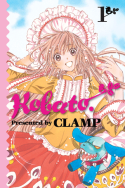 The plot of Kobato. sounds like a typical shoujo magical girl story. A dim-witted and clumsy heroine, who also happens to be guileless and compassionate, is tasked with filling a magic bottle with wounded hearts so that her dearest wish can be granted. But Kobato. isn’t shoujo.
The plot of Kobato. sounds like a typical shoujo magical girl story. A dim-witted and clumsy heroine, who also happens to be guileless and compassionate, is tasked with filling a magic bottle with wounded hearts so that her dearest wish can be granted. But Kobato. isn’t shoujo.
If anything, it’s seinen, as it ran for seven chapters in Sunday GX before going on hiatus and reemerging in Newtype magazine. I’m guessing that the target audience, presumed to be young men with an appreciation for moe, is the reason why Kobato commences flailing, chibified panic mode on page two and falls down approximately fifteen times per chapter. (I may be exaggerating there, but honestly not by much.) The latter gag is run into the ground so relentlessly that I refuse to consider that anyone finds it funny, so CLAMP must be trying to inspire feelings of “Aww, she’s so cute and/or hopeless.”
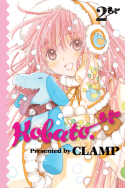 The first volume of Kobato. is not very good. Kobato’s incompetency grates as does the constant browbeating she receives from Ioryogi, some sort of supernatural being currently dwelling in the form of a stuffed dog, who is testing her ability to “act according to the common-sense rules of this place.” If she passes, she earns the magic bottle. These tests—mainly centered around holidays—include taking out the trash, making nabe, and spending New Year’s day playing traditional games with an elderly woman.
The first volume of Kobato. is not very good. Kobato’s incompetency grates as does the constant browbeating she receives from Ioryogi, some sort of supernatural being currently dwelling in the form of a stuffed dog, who is testing her ability to “act according to the common-sense rules of this place.” If she passes, she earns the magic bottle. These tests—mainly centered around holidays—include taking out the trash, making nabe, and spending New Year’s day playing traditional games with an elderly woman.
Things improve somewhat in the second volume. Kobato’s got her bottle now and is ready to heal some wounded hearts. After moving into the same apartment building seen in Chobits, she starts work as a helper at Yomogi Kindergarten. The head of the school, Sayako-sensei, seems to have a heart in need of some healing, as does her hard-working part-time employee, Fujimoto. With Ioryogi’s assistance, Kobato tries to discover how best to help them, and gradually learns that Sayako is working to pay off a debt her father was tricked into incurring, that Sayako’s soon-to-be-ex husband is threatening harm to the school unless she pays up, and that Fujimoto is working himself to the point of exhaustion to earn money to contribute. They seem suspicious of Kobato at first, but her genuine sincerity eventually wins over even grumpy Fujimoto.
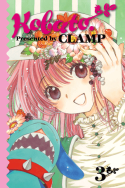 This is definitely an improvement over the first volume, but the kindergarten-in-peril storyline still seems to be occupying a great deal of space in what looks to be only a six-volume series. (Kobato. just recently came to an end.) There is a lot of room left in Kobato’s bottle, so I wonder how she will end up filling it after spending so much time working on these two hearts in particular.
This is definitely an improvement over the first volume, but the kindergarten-in-peril storyline still seems to be occupying a great deal of space in what looks to be only a six-volume series. (Kobato. just recently came to an end.) There is a lot of room left in Kobato’s bottle, so I wonder how she will end up filling it after spending so much time working on these two hearts in particular.
Now that I’ve finished my litany of complaints, there are some intriguing questions about Kobato. that leave me inclined to stick with the series until the end. Where is Kobato from, exactly? What is her wish? How did she and Ioryogi meet? What is Ioryogi? (We’ve learned already that if he helps Kobato grant her wish, he may be able to get his original body back.) And, most peculiarly of all, why is it that Kobato is not allowed to take off her hat?
Kindergarten peril I can do without, but I really do want to know what’s up with the hat thing.
Review copies provided by the publisher.


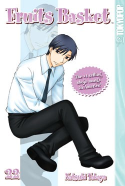

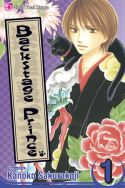
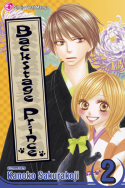




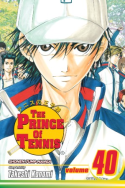
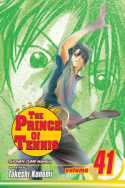
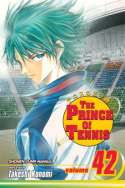
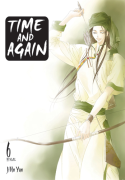
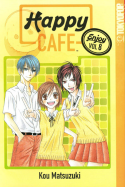







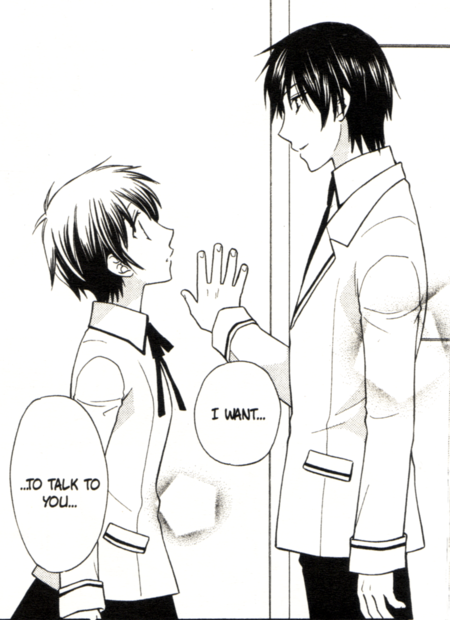



Recent Comments